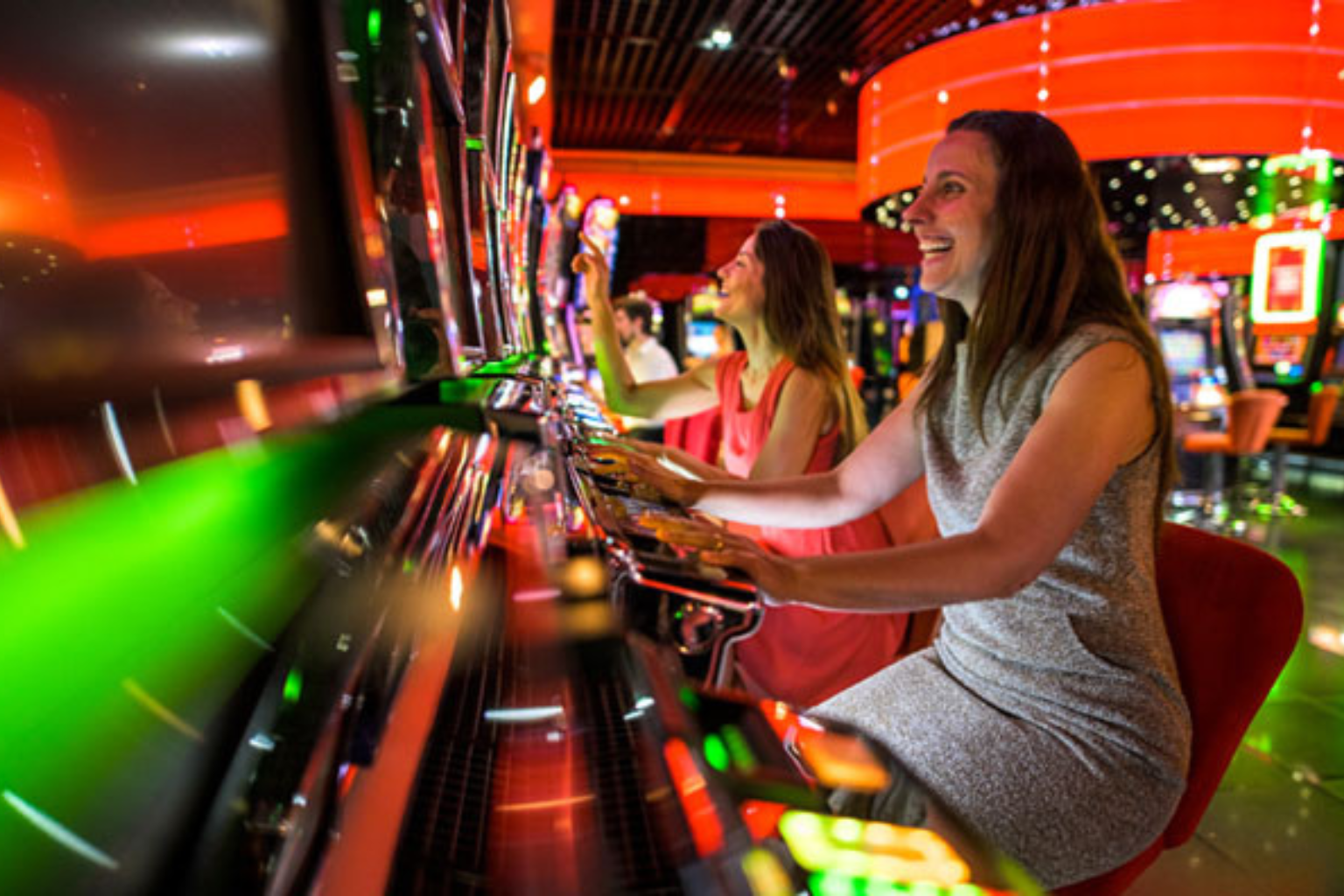1. What is Virtual Reality (VR)?
Virtual Reality is a computer-generated environment that can simulate a real or imagined world. Users interact with the environment through VR headsets, controllers, and other devices, thus giving an immersive experience.
2. What are the essential components for building a VR experience?
Some of the most important things that are essential in building a VR experience are:
VR Headset (Oculus Rift, HTC Vive, PlayStation VR).
Controllers used for moving around or interacting with the environment.
Powerful computer console or the computer that processes the VR content.
VR-compatible software, such as Unity or Unreal Engine, and a developed game engine.
Tracking systems would determine head and hand movements.
3. What does a game engine perform in VR development?
A game engine like Unity or Unreal Engine is the backbone of building VR experiences. These engines provide the tools and frameworks necessary to build 3D environments, handle real-time interactions, and render the virtual world in immersive ways.
4. Do I need coding knowledge to build a VR experience?
Yes, a stronger level of coding may be important for more customized or intricate VR experiences. You will want to understand programming languages like C# (for Unity) or C++ (for Unreal Engine). Some VR platforms, however, provide templates or drag-and-drop tools to get by with a simpler experience.
5. How do I create a UI for a VR user?
In VR, traditional 2D UI elements won’t work effectively. Instead, you will design 3D UI elements like virtual buttons, panels, or gestures. The interface should be intuitive, easily accessible, and responsive to head or hand movements.
6. Why is user comfort crucial in the development of VR?
User comfort is essential because of the risks of motion sickness, for instance. To enhance comfort:
Use smooth, steady frame rates ideally at 90 FPS or higher.
Do not make jerky movements or jump between camera angles.
Use comfort modes such as teleportation or smooth movement.
7. What are the most common types of VR experiences?
Games: Interactive and immersive entertainment.
Simulations: Real-world training or educational experiences, such as flight simulators.
360-degree videos: Pre-recorded immersive videos where users can look around.
Interactive experiences: Virtual tours or art galleries.
8. How do I optimize VR performance?
Optimization of VR performance means that it assures smooth frames per second and any form of latency. Strategies included:
Decrease polygon count and optimize texture.
Use LOD systems.
Use appropriate lighting and shading techniques.
9. How do VR headsets work?
VR headsets consist of two displays-one for each eye-and offer a stereoscopic 3D effect. It tracks the movements of the head with sensors, changing the virtual environment based on those movements. Many headsets also offer motion tracking, meaning they can recognize hand movements.
10. Which platforms can I develop VR content for?
Most popular VR platforms are:
Oculus (Meta Quest, Oculus Rift)
HTC Vive
PlayStation VR
Valve Index
Windows Mixed Reality
Mobile VR (Google Cardboard, Samsung Gear VR)
11. How does VR motion tracking work?
Motion tracking tracks head and hand movement using sensors that include accelerometers, gyroscopes, and external cameras. The information is then translated into updating the virtual environment in real-time, so it’s all more immersive.
12. What’s the difference between room-scale and seated VR?
Room-scale: The player will be able to walk within a defined area of physical space and interact with the environment.
Seated VR: The player is seated, usually sitting down while using controllers or other input methods to interact with the virtual world.
13. How do I design VR content for multiple users?
To design a multi-user VR experience, you need to integrate networked systems that allow users to interact in the same virtual space. This requires advanced programming for synchronizing movements, voice chat, and actions across devices.
14. What is the role of haptic feedback in VR?
Haptic feedback replicates the sense of touch through vibrations or force feedback to deliver tactile sensations. It increases immersion because interactions, such as grasping objects or experiencing impacts, feel more real.
15. How do I make a VR experience accessible?
To make it accessible, ensure:
Controls can be adjusted for people with physical limitations.
Settings for vision or hearing impairment can be altered.
Comfort options like adjustable text sizes and color contrast.
16. What are the potential challenges when building a VR experience?
Challenges include:
Hardware limitations: Ensuring your game runs smoothly on a variety of devices.
User comfort: Avoiding motion sickness and providing smooth interactions.
Design complexity: Creating an immersive experience with interactive elements.
Cost: VR development and hardware can be expensive.
17. How can I make VR content interactive?
Interactivity in VR is achieved through:
Object manipulation: Enables users to pick up, move, and interact with virtual objects.
Gesture controls: The user can interact with the environment by using hand tracking or controllers.
Voice commands: Enables the user to control aspects of the experience through voice recognition.
18. What is the role of artificial intelligence in VR?
AI can be applied in VR for:
NPC (non-player character) behavior: The virtual characters should act intelligently and respond to player actions.
Adaptive Environments: Build dynamic worlds that change based on user actions or decisions.
19. How can I make VR experiences more immersive?
Improve immersion:
Use high quality visuals and 3D spatial audio.
Use realistic physics and lighting effects.
Let users interact with hands or motion controllers naturally.
Smooth, fluid movement with as little latency as possible.
20. Why is spatial audio so important in VR?
Spatial audio simulates the direction and distance of sounds, making the environment more immersive. It helps players perceive the 3D layout of a scene and pushes realism with more accurate audio cues based on head position.
21. Can I use Unity to build VR experiences for mobile devices?
Yes, VR experiences can be developed for mobile devices, typically using mobile VR headsets like Google Cardboard or Samsung Gear VR. However, mobile VR has performance limitations compared to PC-based or console-based VR systems.
22. How do I create VR experiences for different levels of users?
To cater to different users:
Offer adjustable difficulty levels or comfort settings.
Provide intuitive tutorials for beginners and advanced options for experienced users.
Include both simple and complex interactions to appeal to different skill levels.
23. What are the best development tools for VR?
Popular VR development tools include:
Unity: A widely-used engine with robust VR support.
Unreal Engine: Known for high-quality graphics and VR optimization.
Blender: For 3D modeling and asset creation.
SteamVR: A platform for building VR experiences on PC.
24. How can I test a VR experience during development?
Testing a VR experience involves:
Playtest: Engage users in playing the experience to get comfort, gameplay, and interactivity feedback.
Test performance: Make sure the frame rate is smooth and interactive.
User experience: Determine whether controls and navigation are natural and feel natural for players.
25. How can I optimize VR performance?
Optimize VR performance by:
Simplifying 3D model and environment complexity
Use lower -res textures where appropriate
Maintain a consistent frame rate -ideally higher than 90 FPS.
Optimizing lighting and shadows to enhance rendering speed.
26. How do I manage VR input devices?
VR input devices, like motion controllers or hand tracking, need to be calibrated and mapped to specific actions in the virtual world. They should be responsive and allow for intuitive interactions within the VR experience.
27. How do I create multiplayer VR experiences?
Creating multiplayer VR experiences includes:
Setting up networked systems to synchronize player actions in real-time.
Handling communication between players (voice chat, text)
Optimizing server performance for multiple users.
28. How do I make money from a VR experience?
Monetization strategies include
Selling the game or experience (one time purchase).
In-app purchases for virtual goods, skins, or upgrades.
Subscription models for continued content or features.
Ads for free experiences
29. How do I scale VR content?
To scale,
Design assets for performance, keeping texture sizes low and polygon count low.
Use scalable server infrastructure for multiplayer experiences.
Test VR content on multiple devices to check compatibility and performance.
30. How do I balance the need for content to be immersive without being overwhelming?
Balance immersion with user comfort through:
Avoiding too rapid movement or dizzying camera angles.
Providing a choice of movement types: teleportation, smooth walking.
Use visual cues to guide players through the experience.
31. What are the hardware requirements for VR development?
Hardware requirements for VR development typica40 Questions Answered About Building a Virtual Reality Experience











